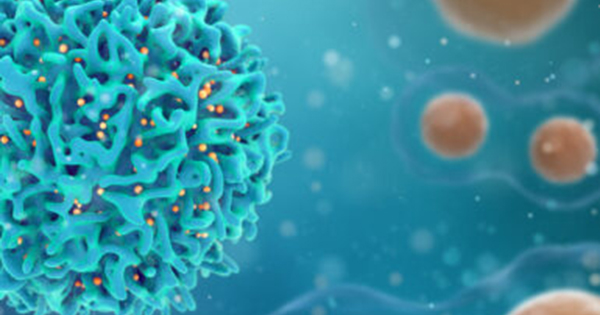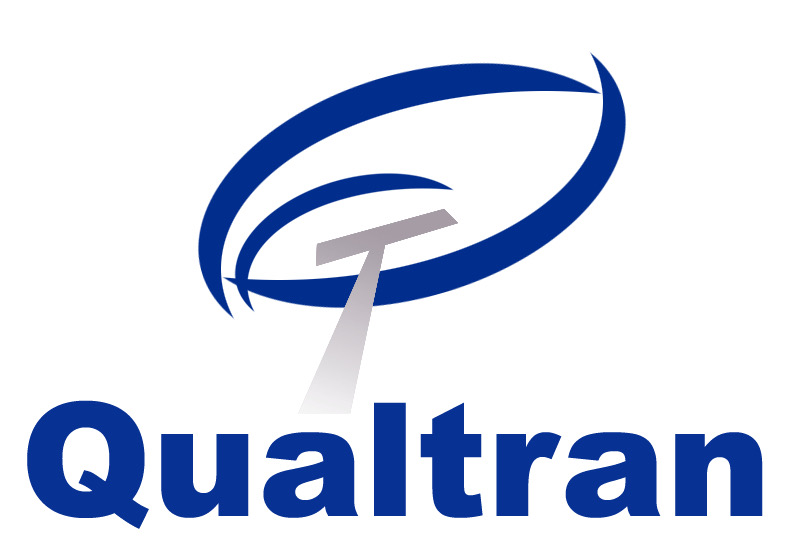Aethlon readies to launch viral device trials in India

"Aethlon readies to launch viral device trials in India".
By Naomi Grossman, Indus Business Journal
Sunday, May 1, 2005
SAN DIEGO, Calif. – Aethlon Medical Inc. is finally moving out of the lab and its first stop is India. After five years, the company, which is developing viral filtration devices, is getting ready to conduct its first human trials and it is going to do them in India.
“The people of India have demonstrated a high level of interest in helping their citizens,” said James A. Joyce, president, chairman and chief executive officer of Aethlon.
According to the most recent numbers from the Bill and Melinda Gates Foundation, noted Joyce, 5.1 million people in India were infected with HIV in 2004, a 10-fold increase over the last decade. It is projected that the number of HIV-infected citizens in India could increase to 20 to 25 million by 2010.
Both the government of India and the Confederation of Indian Industry have indicated their support of Aethlon’s upcoming HIV and Hepatitis C trials in written letters.
“Members of Parliament, Ashok Argal and Shripad Naik are personally supportive of Aethlon’s HIV trials in India. They believe that if successful, Aethlon’s technology could have a profound impact on the condition of HIV patients in India and around the world,”
said Sandeep Malik, president of Qualtran LLC, a contract research organization managing clinical trials for Aethlon in India.
A commendable goal, but the truth is Aethlon is aiming even higher. The company ultimately wants its Hemopurifier technology to not only help HIV and Hepatitis C patients and a host of other viruses but also to be used against bioterrorism.
“We are well positioned to be the first line of defense post exposure,” said Joyce.
The Hemopurifier is essentially a cartridge with holes large enough to allow viruses and toxins to pass through, but small enough to prevent the needed components of blood from leaving. A key part of the device is that the viruses and toxins are captured in a matrix that prevents them from escaping back into the body. The technology is based on the convergence of two well-known scientific techniques, hemodialysis, in which blood flows through fibers in the cartridges, and affinity chromatography, in which the viruses are trapped.
“What’s really important is to look at the reality that we’re converging established principles,” he said. “It’s not something far fetched. The principles are already in place in different applications and we’re modifying their use so that they can mimic clearing toxins from the body.”
Because of the device’s ability to capture infectious viruses, Joyce believes that its application could ultimately help patients who have demonstrated resistance to Hepatitis-C and HIV drugs and can enhance the performance of the drugs for those who respond by removing mutant strains of the virus.
Similarly, because the cartridge can capture infectious viruses while they are in circulation before organs and cells can be infected – creating a hyper immune system reaction – Joyce would like to see the cartridge used to treat some of the Pox viruses as well as the Dengue Virus, a major disease in Southeast Asia for which there is currently no cure.
Perhaps even more significantly, Joyce said that in a bioterror attack with a new pathogen that can take a while to identify, he anticipates that patients can be treated with the cartridge right after exposure, even before diagnosis, because of the speed with which the viruses and toxins can be removed.
According to Joyce, advisors to Aethlon have indicated to the company that the federal government would have an interest in the device.
While preclinical blood trials have been done to measure the cartridge’s ability to capture viruses, the tests in India are the company’s first human studies.
“This is a tremendous opportunity,” said Joyce. “For a small company this is a cost effective way to demonstrate the use of our technology.”
According to Joyce, the ability to move into a study is significantly cheaper and can be done more quickly in India than in the United States. “It’s so important for a small company to obtain data and open the door to move through the regulatory process,” said Joyce.
Also, he noted that in India the company had a chance to work with a number of high-profile scientists.
The study will be conducted on about 50 patients and Aethlon has already submitted protocols to various potential sites in India. Joyce predicts that the study will be initiated in early June and by late summer he hopes to have early observations. The company intends to eventually conduct a safety study in the United States, said Joyce, a first step on the road to market approval.
While India is a long way to travel, Aethlon’s road from its original goal to its purpose now is even further. Joyce founded Aethlon Medical in 1998. Later that year, Aethlon became publicly traded and then acquired Hemex Inc., a Buffalo, New York-based company for $6 million. Aethlon improved its infectious disease treatment services by adopting many of the scientific principals utilized by Hemex in creating blood filtration systems to treat harmful metals.
Since acquiring Hemex, Aethlon has raised approximately $6.5 million to finance its research and development efforts.
At first, the company was focused on using the technology to remove harmful metals from blood. The company had already completed its first successful human trials when the scientists at Aethlon began to realize its potential applications for the HIV virus.
“We saw that we were just scratching the surface of what the technology could be used for,” said Joyce.
The shift in focus has led Aethlon down a path that Joyce believes is longer than any of those involved with Aethlon realized.
“We are still just scratching the surface in the use of this technology,” he said. “We can treat numerous human conditions.”
The research is still in a very early stage, but Joyce said that the cartridges can eventually be modified to help reduce the progression of diseases like Multiple Sclerosis and Rheumatoid Arthritis.
“What we’re about is helping people,” said Joyce. “We’ve been operating in the lab for the last five years and now we finally get to talk about it.”
